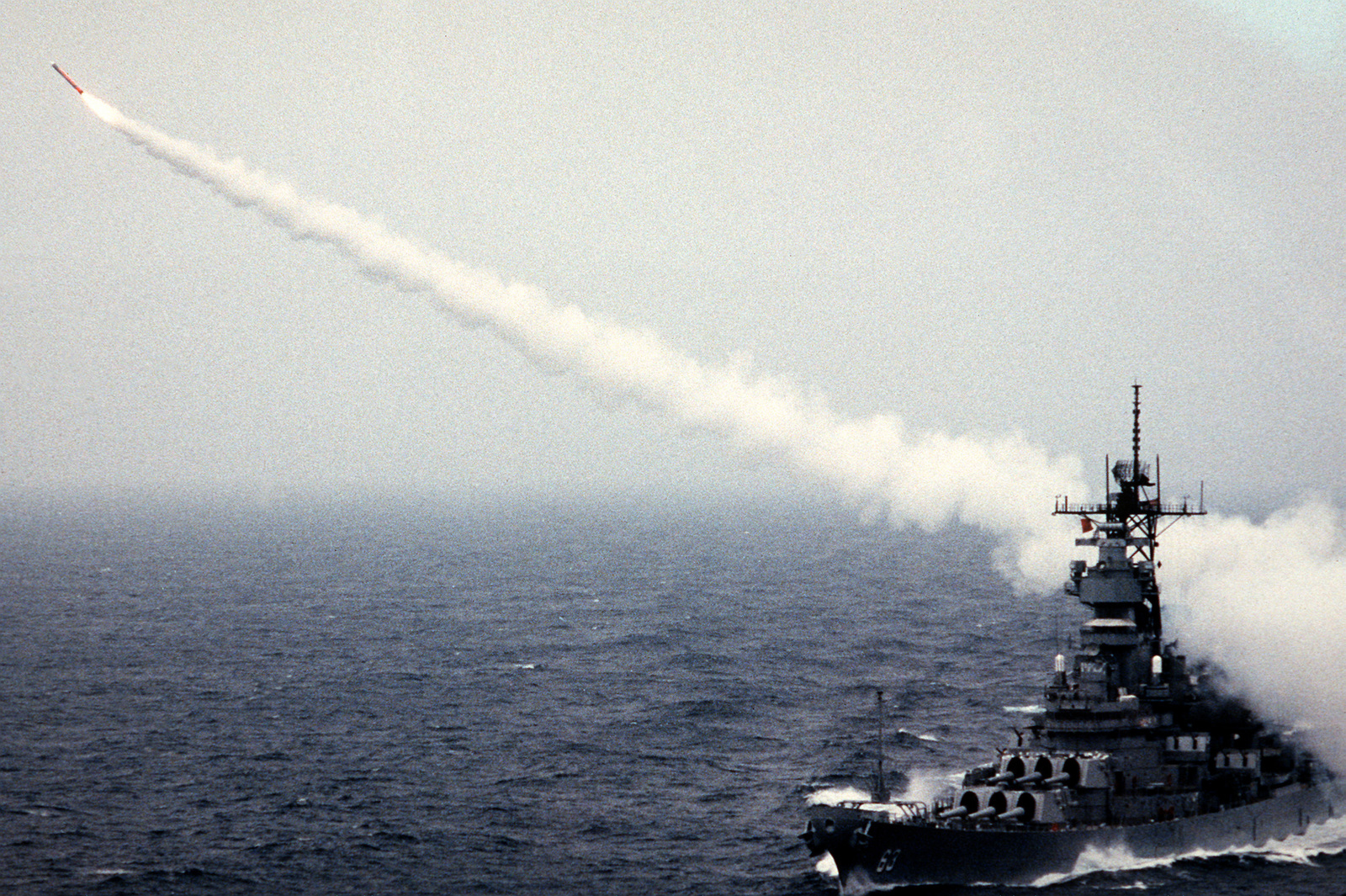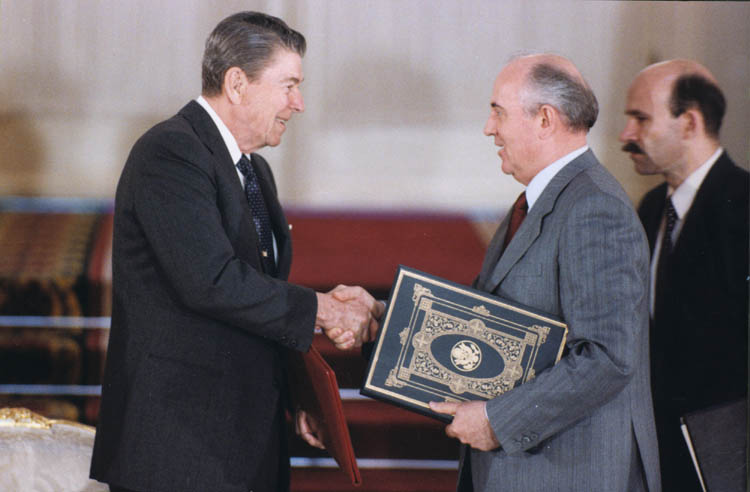A quarter century after nations came together to ban antipersonnel landmines, the United States continues to waver awkwardly in its approach toward these indiscriminate weapons. March 1, 2024, marks 25 years since the Ottawa Convention to ban antipersonnel mines came into force. Today, the treaty—formally known as the Convention on the Prohibition of the Use, Stockpiling, Production and Transfer of Anti-Personnel Mines and on their Destruction of 1997—has 164 state parties. However, the United States is not among them. That puts the United States in a minority including China, Russia, India, and Pakistan. Instead of ratifying a complete ban, recent US administrations have announced shifting policies, pledging that they will (or will not) follow certain components of the Ottawa Convention. Each administration argues for exceptions based upon military necessity. But does remaining outside of the treaty impose a cost on Washington’s reputation as a global leader in civilian protection and human rights?
Why ban anti-personnel landmines?
Anti-personnel landmines are victim-triggered explosive devices—either mass-produced or improvised—that lay on top of or just below the ground. A human or animal can trigger an explosion by stepping on the mine, or even just by coming close to it. They are inherently indiscriminate; they cannot distinguish between a soldier and a civilian. Unless manually removed, they remain in place and can be active for years, even decades, after a conflict, killing or maiming anyone who triggers one.
Landmines and other explosive remnants of war are extremely dangerous for civilians, especially children playing in fields who mistake the weapons—especially brightly colored cluster bomblets—for toys. According to the 2023 Landmine Monitor, an annual report released by Human Rights Watch, explosive remnants of war like landmines killed more than 1,600 people and injured another 3,014 in 2022. Civilians made up 85 percent of the recorded casualties. Of those, children accounted for almost half. According to the report, Russia, Myanmar, and Ukraine, along with armed groups in at least five countries, used antipersonnel mines in the prior year.
Why isn’t the United States a party to the landmine ban?
Despite not ratifying the treaty across five presidential administrations, Washington has followed most of the stipulations in the agreement. The United States has not used antipersonnel mines since 1991, save a single incident in Afghanistan. And the United States has not manufactured or transferred anti-personnel landmines since 1997. But Washington has never signed on, primarily because the Department of Defense has argued that landmines are necessary to defend South Korea against an attack by its northern neighbor.
The lack of a formally signed treaty allowed the Trump administration to set back decades of US progress toward treaty compliance with the stroke of a pen. In 2020, Mark Esper, then Secretary of Defense, argued in a three-page policy memo that landmines were critical to “becoming more lethal, resilient, agile, and ready across a range of potential contingencies and geographies.” The memo ignored their indiscriminate nature and long-term effects on civilian populations and reversed the de facto prohibitions on US landmine production and use.
In June 2022, however, the Biden administration announced a new antipersonnel landmine policy. While the United States would still not ratify the treaty, the new policy’s stated goal is to “align the United States’ policy and practice with key provisions of the Ottawa Convention for all activities outside the context of the Korean Peninsula.” This is a step in the direction of protecting civilians, but the failure to sign the treaty weakens Washington’s authority when calling upon other nations to comply with international laws and norms. For example, just two years after Russia’s full-scale invasion, nearly one-third of Ukraine may be littered with landmines, almost all of them laid by Russia. But what can the United States say to this?
A critical difference between actually signing the treaty and just setting a policy is that a future administration that doesn’t believe antipersonnel mines should be eradicated could again wipe away what progress has been made. While there’s no guarantee a future US president wouldn’t unilaterally abandon a signed treaty, it’s more difficult to abrogate a treaty than it is to simply craft a new policy position.
The antipersonnel mine ban convention has undoubtedly saved countless lives and limbs. Millions of mines have been destroyed, and thousands of square kilometers of land have been cleared. Washington has been a helpful partner by playing an important role in mine clearance worldwide. The aspirations of the authors of the Ottawa Convention have been partly met over the past 25 years, but the world can and must go further. Fully realizing the goal of protecting all civilians from the harms of antipersonnel landmines will require an effort at least as great over the next 25 years as the one that created the treaty in the first place.



